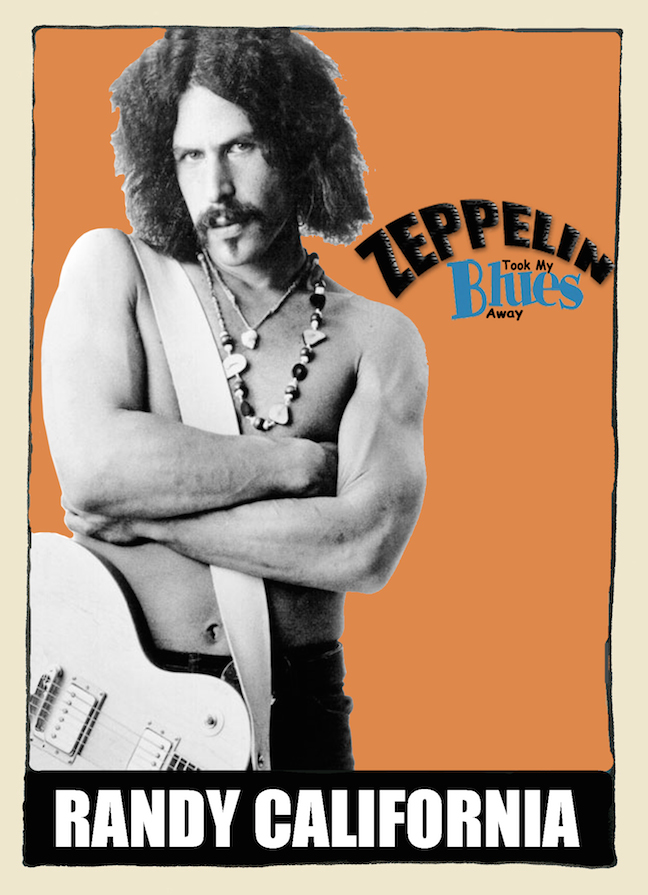Over the years, I’ve met with several foreign speaking partners. Through conversation, I learn their language — Spanish, Korean, Japanese — and they learn mine — English. Many of them first got serious about their study of that more-or-less-international tongue with the goal of completely eliminating their native accent which, while demonstrably possible, takes so much additional effort as an adult that I’ve always advised them to just spend that time learning another language (or two) instead. Many, of course, come to that conclusion themselves, realizing that English speakers all over the world have created a legitimate culture of speaking English in all kinds of different ways, with all kinds of different accents, whether or not they learned the language from childhood. But it still makes one wonder: how many different accents do people speak it in? And what do they all sound like? Wonder no longer, for we have The Speech Accent Archive, created by Steven H. Weinberger of George Mason University’s Linguistics department, who introduces it in the video above.
The site, “established to uniformly exhibit a large set of speech accents from a variety of language backgrounds,” collects audio samples of native and non-Native English speakers all reading the same paragraph. This lets the user “compare the demographic and linguistic backgrounds of the speakers in order to determine which variables are key predictors of each accent,” demonstrating that “accents are systematic rather than merely mistaken speech.” You can browse by the speaker’s native language, by their region, or (presumably exciting for the linguists) by their “native phonetic inventory.” You’ll find English as spoken by native speakers of everything from French and Chinese to Urdu and Chaldean Neo Aramaic. Here in Seoul, South Korea, where I write this post, I certainly do meet people who sound just like this sample speaker, a 19-year-old woman from the city who began learning English at 17 and spent a few months studying in America. The page describes her accent as characterized by, among other things, “final obstruent devoicing,” “vowel shortening,” and “obstruent deletion.” But don’t let the site’s linguistics jargon deter you; the salute to the Speech Accent Archive just above will give you an idea of just how much fun you can have there. You can enter the The Speech Accent Archive here.
Related Content:
Learn 45+ Languages Online for Free: Spanish, Chinese, English & MoreA Brief Tour of British Accents: 14 Ways to Speak English in 84 Seconds
Peter Sellers Presents The Complete Guide To Accents of The British Isles
Peter Sellers Reads The Beatles’ “She Loves You” in Four Different Accents
Colin Marshall hosts and produces Notebook on Cities and Culture and writes essays on cities, language, Asia, and men’s style. He’s at work on a book about Los Angeles, A Los Angeles Primer. Follow him on Twitter at @colinmarshall or on Facebook.





